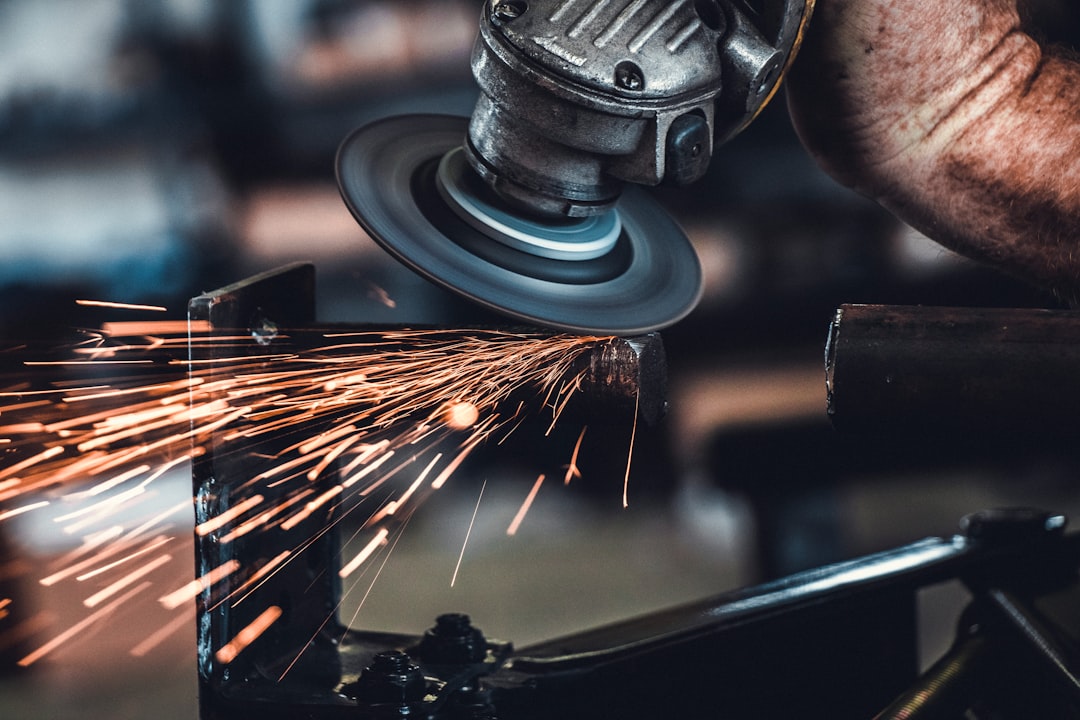body { font-family: sans-serif; line-height: 1.6; }
h1, h2, h3 { color: #333; }
h1 { font-size: 2.5em; }
h2 { font-size: 2em; }
h3 { font-size: 1.5em; }
Navigating the complexities of European manufacturing requires a deep understanding of EN standards. These standards, developed by the European Committee for Standardization (CEN), are crucial for ensuring product safety, quality, and interoperability across the European Union. This comprehensive guide will delve into the key aspects of meeting EN standards in your manufacturing processes, helping you navigate compliance and achieve a competitive edge.
Understanding EN Standards and Their Significance
EN standards are not just regulations; they’re best practices designed to harmonize technical specifications across Europe. They cover a vast range of products and services, from electrical appliances and construction materials to medical devices and machinery. Adherence to these standards is often mandatory, particularly when it comes to safety-critical products. Non-compliance can lead to significant penalties, including product recalls, fines, and legal action. Furthermore, meeting EN standards demonstrates a commitment to quality, boosting your brand reputation and opening doors to wider market access within the EU and beyond. They often align with or are referenced by other international standards like ISO standards, further streamlining global compliance efforts.
The Process of EN Standard Compliance: A Step-by-Step Guide
Achieving EN standard compliance is a multi-stage process that requires careful planning and execution. It typically involves:
- Identifying Relevant Standards: The first step is to determine which EN standards apply to your specific products and manufacturing processes. This often involves consulting CEN’s online database or seeking expert advice.
- Integrating Standards into Design and Manufacturing: Once the relevant standards are identified, they must be integrated into every stage of your product’s lifecycle, from design and development to production and testing.
- Implementing a Robust Quality Management System (QMS): A well-defined QMS, often based on ISO 9001, is essential for ensuring consistent compliance with EN standards. This system should encompass all aspects of your manufacturing process, from material sourcing to final product inspection.
- Rigorous Testing and Verification: Thorough testing is crucial to verify that your products meet the specified requirements of the relevant EN standards. This may involve internal testing, third-party testing, or a combination of both.
- Documentation and Record Keeping: Meticulous record-keeping is paramount. All testing data, quality control reports, and other relevant documentation must be carefully maintained to demonstrate compliance in case of audits or inspections.
Choosing the Right Testing and Certification Body
Selecting a reputable and accredited testing and certification body is vital for ensuring the credibility of your compliance efforts. These bodies conduct independent assessments to verify that your products meet the relevant EN standards. Choosing a recognized body adds significant weight to your compliance claims and can enhance your brand’s reputation. Factors to consider when selecting a testing body include accreditation status, experience with relevant standards, and their reputation within the industry. Always ensure the chosen body is accredited by a nationally recognized accreditation body.
The Benefits of Meeting EN Standards
The advantages of adhering to EN standards extend far beyond simply avoiding penalties. They contribute significantly to:
- Enhanced Product Safety: Meeting EN standards ensures that your products are safe for consumers and the environment.
- Improved Product Quality: Compliance promotes consistent quality and reliability, leading to increased customer satisfaction.
- Increased Market Access: Meeting EN standards is often a prerequisite for selling products within the European Union, opening up significant market opportunities.
- Competitive Advantage: Demonstrating compliance with EN standards gives you a competitive edge over manufacturers who do not meet these requirements.
- Enhanced Brand Reputation: A commitment to EN standards signals your dedication to quality and safety, enhancing your brand’s reputation and building customer trust.
Staying Updated with EN Standard Revisions
EN standards are regularly reviewed and updated to reflect technological advancements and evolving safety requirements. Staying abreast of these revisions is crucial for maintaining compliance. Regularly check the CEN website for updates and revisions to relevant standards. Consider subscribing to industry newsletters and participating in relevant conferences and training programs to stay informed about changes affecting your products and manufacturing processes. Ignoring updates can lead to non-compliance and potential risks.
Meeting EN standards is not merely a regulatory requirement; it’s a strategic investment in your business’s long-term success. By prioritizing compliance, you enhance product safety, improve quality, expand market access, and build a strong brand reputation. Investing the time and resources necessary to understand and implement these standards is crucial for thriving in the European manufacturing landscape.
Tags: EN standards, manufacturing compliance, European standards, product safety, quality management, ISO 9001




